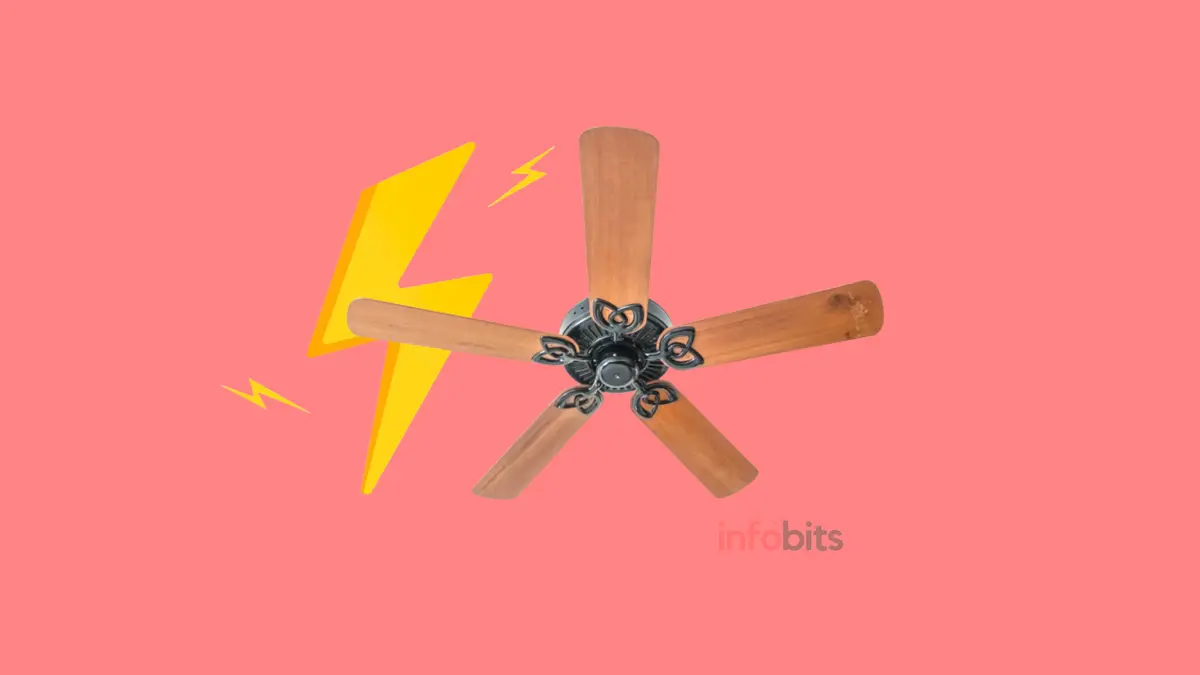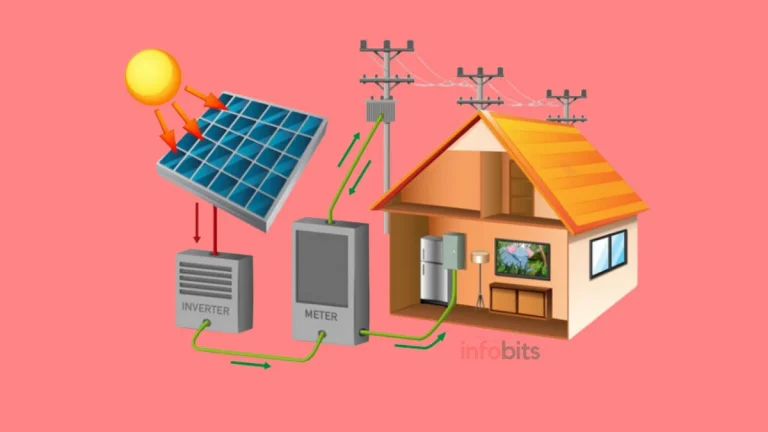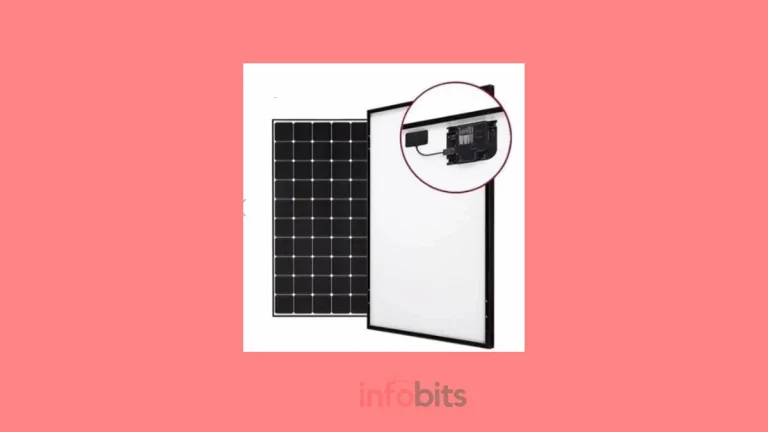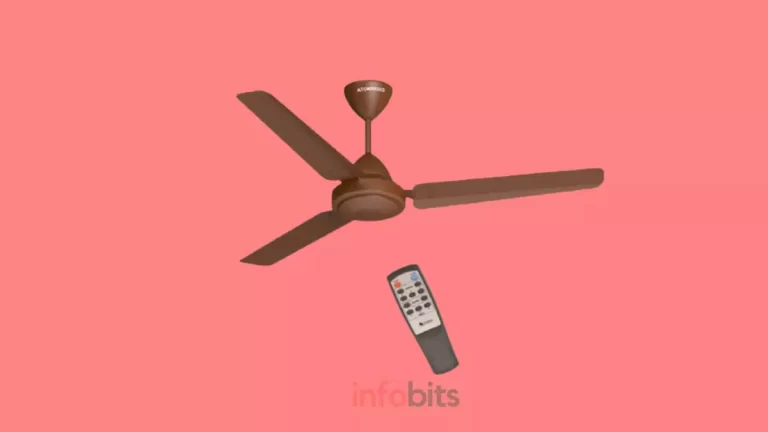Does the BLDC Fan Have Lightning Protection, and If Not, How to Protect It?
Because of the high transient voltage or surge produced in powerlines, most electronic and electrical devices are prone to damage.BLDC fans are not immune to this issue.
Transient overvoltages are characterized as short-duration electrical surges caused by the abrupt release of previously stored or induced energy.
Transient overvoltages can be both natural and man-made. These high transient voltages or surges occur due to a variety of factors, including fluctuations induced by our major appliances such as air conditioners, washers, and dryers, lightning, load changes at the electrical grid, and poor wiring.
The impacts of a surge might cause either immediate failure or damage to the equipment that is visible over time.
Most contemporary gadgets have a surge protector as a built-in protective mechanism to safeguard them against unexpected transient voltages.
If you plug your electronic devices into a socket, you can protect them against surges by using a power socket or power strip with built-in surge protection.
This method, however, is not feasible with permanently attached equipment such as ceiling fans.
Moreover, as lightning generates a large amount of electrical power, even turning off the devices may not protect them from lightning surges because they are connected to the power via the neutral wire.
So, how can you keep your BLDC fan safe from lightning?
As we all know, even standard ceiling fans are subjected to lightning strikes in rare instances. However, unlike traditional ceiling fans, BLDC fans employ electronic circuits, making them more sensitive to lightning strikes.
Electronics in these fans are widely found to be susceptible to failure owing to a power surge, a rapid burst of electricity at greater than typical levels.
Because one of the key distinctions between ordinary ceiling fans and BLDC ceiling fans is the electronics, the subject of surge protection for the electronics in BLDC ceiling fans is a valid one.
You may have seen RCCBs on distribution lines trip when lightning strikes. To some extent, this form of circuit isolation technique will help safeguard the connected devices from lightning. However, this is not a simple solution, as RCCB is not meant for surge protection.
For this purpose, we have to use a dedicated surge protection circuit or a surge protection device should be utilized. The addition of a safety circuit—surge protection—can reduce device failure due to lightning or other surges.
However, as a cost-cutting measure, most BLDC fan manufacturers do not incorporate surge safety devices or circuits in their fans.
So, to safeguard electrical equipment, including the BLDC fan, we can install a surge protection device (SPD) in your main distribution board (DB).
It is not practicable for a user to install a surge protection circuit on the BLDC electronics board. The only thing a user can do is add an external surge protection device (SPD) to the electrical power wiring of the BLDC fan.
This SPD may be connected in parallel to your main circuit after the main MCB as shown below in the diagram, protecting all devices connected via this DB against accidental surges.
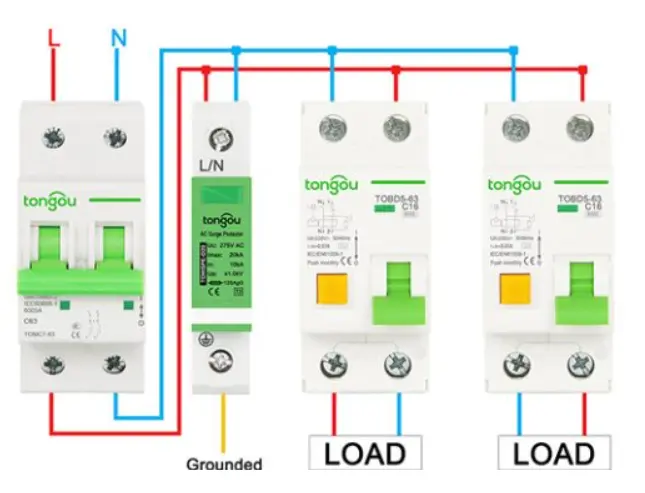
SPDs are often put within the consumer unit to safeguard the electrical installation, but there are several varieties of SPD available to protect the installation from other incoming services such as telephone lines and cable TV.
It is critical to note that only securing the electrical installation and not the other services may allow transient voltages to penetrate the system.
Surge Protective Devices are classified into three types:
Type 1 SPD is put at the source, such as the main distribution board.
Type 2 SPD is implemented at sub-distribution boards,
Type 3 SPD is installed near the protected load. They must only be used in conjunction with Type 2 SPD.
Are SPDs Enough to Protect BLDC Fans from Lightning?
Surge protection devices (SPDs) can guard against electrical surges, especially those induced by lightning. However, it is critical to recognize their limitations and consider extra measures for complete safety.
As previously stated, surge protection devices are intended to transfer excess voltage and current from a power surge to the ground, therefore protecting the connected equipment. They function by sensing voltage spikes and diverting them away from sensitive electronics.
These devices are often employed to safeguard electronic devices, appliances, and electrical systems against transient voltage events.
While surge protection systems can assist reduce the danger of electrical surge damage, they may not provide complete protection against a direct lightning strike.
A direct lightning strike carries a tremendous amount of energy and has the potential to exceed the protective capabilities of typical surge protectors.
In such circumstances, the surge may seek alternate pathways through other conductive materials, potentially causing device damage.
It is best to use a complete solution that combines numerous levels of protection to improve lightning surge protection. Here are some other measures to think about:
Proper Earthing: Ensure that the electrical system in your house or workplace is properly grounded or earthed. This includes connecting the whole electrical wiring system to a strong grounding system capable of successfully dissipating electrical surges.
Overall Premise Surge Protection: Consider putting surge protection devices across the home at the main electrical panel. These devices act as a first line of defense against surges entering the electrical system of a building.
Device Surge Protectors: Surge protectors should be used on specific devices or plug locations. These plug-in surge protectors give an extra degree of security by minimizing surges that may occur closer to the equipment.
Lightning Arresters: Lightning rods or a properly built dedicated lightning protection system can assist in diverting lightning strikes away from a building and its electrical systems.
By combining these preventative measures, you may considerably limit the chance of lightning-induced surges damaging electronics, especially BDLC fans.
Conclusion
It is a long-overdue task to install a surge protection circuit in BLDC fans because they cost more than standard fans.
Customers must thus insist on purchasing a BLDC fan with surge protection. The manufacturers will then be forced to include a built-in surge protector in their fans.
Remember that fans are common appliances that should be connected to the electrical grid using suitable surge protection procedures.
For the time being, at least install surge protection devices (SPDs) at the main power supply or distribution panel to safeguard your BLDC fan against electrical surges induced by lightning strikes. SPDs are intended to redirect high-voltage surges to the ground, protecting related electronic devices.
We hope you have interested in our articles and consider following our Facebook, Instagram, and Twitter pages for regular updates.
Subscribe to our free newsletter to get similar articles and regular updates directly in your Email Inbox.
Also, share this article with your friends and relatives. Bookmark this page for future reference.

